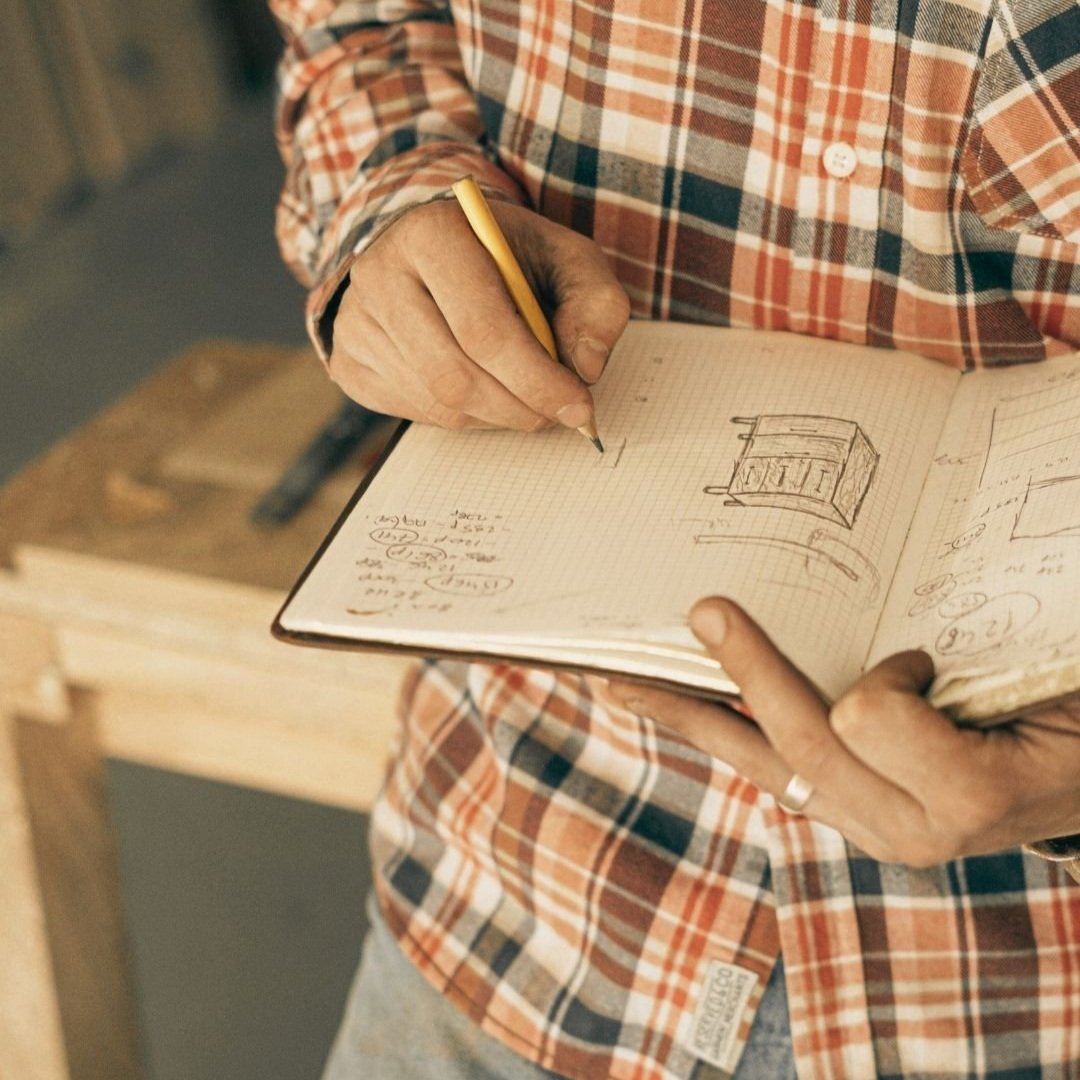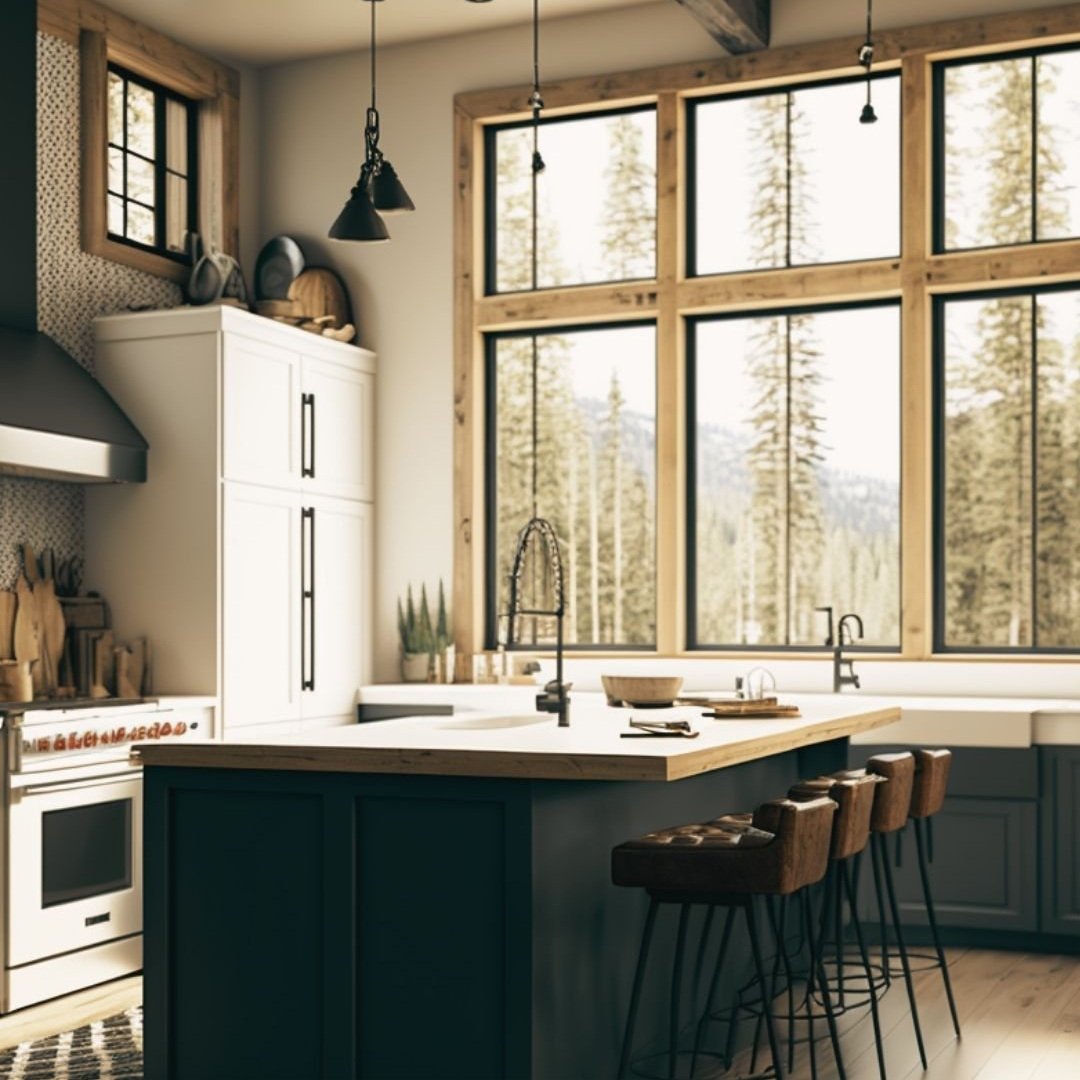Tips for Creating Successful Interior Designer and Virtual Design Assistant Relationships
/Anyone who works with me knows I’m real, I’m honest, I work hard, and I always try to offer the best service possible. The reality is, just like sometimes you aren’t a fit for every client who needs an interior designer, our service isn’t a fit for every interior designer who needs a VDA.
I try very hard to identify from the very beginning if a successful relationship is possible and at times, I’ve had to tell interior designers that our service isn’t a good fit for their needs. There are times when certain people really need an in-house, full-time assistant and I’ll be honest and tell them so.
We’ve worked with hundreds of designers, probably close to thousands now, and although most designers that come to us end up working with us long term there have been a few over the years that just weren’t a great fit. So below you will find what we’ve found to make the most successful relationships between interior designers and their VDAs and where the relationship can break down and no longer be beneficial for anyone.
Below is real-life feedback from VDAs from my team. All of the VDAs on my team have a proven record of success so although it’s rare, it’s always surprising when a relationship doesn’t work out. I’ve had to ask myself … how is it possible that five designers can love this VDA but one designer does not. Here are some interesting revelations.
These are just a few of the VDAs on my team that gave feedback.
VDA ONE
For me, the best relationships I’ve had with designers have been the ones that honor and respect my time and skill set. Most designers like this are clear on deliverables, kind, flexible, and understanding/willing to communicate. Designers who have a good handle on what type of support they truly need and are ready to jump with a good starting point/preliminary tasks to orient me within their virtual space is also really handy.
VDA TWO
Having worked on both sides of this business, starting as a junior design assistant, wearing every hat, up to a Senior position for years, has provided me with a unique perspective. I am finding more often than not, when someone sets out seeking a VDA it is because they are really hoping to find a ‘strong number 2 person’ someone who can pick up the slack, complete the tasks the principal cannot, someone who can preempt the needs of the team, the project and principal. I find that there is typically a job description put forth but in the end, the position evolves into so much more. This is usually realized in the beginning during the onboarding process.
During this introductory phase, it becomes a bit clearer that there is or is not a solid company infrastructure - regardless of company size. A strong VDA will shine even more during this phase as they are allowed to speak from prior experience. Designers love hearing how other designers do ‘it’. It is defined as, anything and everything from project organization, billing, markups, trade account correspondence, inter-office task management, library setup, server setup - you name it.
A successful VDA doesn’t need to have the perfect answer - they just need to have an answer and stand confident in their explanation.
VDA THREE
Things that I think make a successful working relationship:
Having a clear scope of work/ a defined role/ clear tasks. This adds structure and keeps expectations clear for both parties.
Onboarding/training. The designers who took the time to go through things with me, in the beginning, are the ones who have lasted the longest. I believe this is because they are aware that while a VDA knows how to do a task, every designer does things slightly differently, and the short time taken for training upfront really pays off in the long run.
Weekly check-ins. For me, checking in often helps to resolve any doubts about tasks, clarify priorities, and keep the partnership consistent.
Being clear about expectations. In my experience, there have been two types of clients, some that are very consistent and some that only check in when they need something. Both work but I think it's good to establish this up front for planning purposes.
Established schedule. With designers that I work with continuously, I have days they know that I am "in" which is when we schedule meetings, calls, etc. I work outside these days as well but I think it helps establish boundaries for communication and helps us all stay on the same page (this might not work for everyone).
Things to consider when hiring a VDA - What does NOT work well:
VDA ONE
When working with those who are not respectful or considerate, I tend to have issues getting clear workflow processes, and solid deliverables and am typically rushed with items due within a very short amount of time or jumbled communications on what is needed. Often this type of designer does not read entire emails or communicate well and continues to ask questions I’ve already answered. They also typically have had a high turnover of team members and skilled tradespeople. Designers like this tend to have difficulty working as a team, have extreme power/control dynamics that are unsustainable and tend to be very rude/unaware in general.
VDA TWO
If any part of this dynamic collapses, the company structure is faulty, the designer is not open to suggestions or is not available for communication, the working relationship will not last. It doesn’t matter how much experience you have or don’t have, it will inevitably break down and more than likely land on the VDA. The designer will take a few weeks/months managing on their own, defining what went wrong and when it becomes too overwhelming…again, set out to find their number 2, rinse and repeat.
VDA THREE
Not a great fit:
Lack of communication and follow-up. I'm not sure of the solution for this, but I've had clients who reach out excited about new tasks and ideas, I respond (also excited), I follow up, and then don't hear anything for another month. I don't feel like this is something that we can necessarily solve on our end, but good communication and the ability to delegate go far.
Lack of structure. This goes back to having a clear scope of work, but asking for tasks to be done that aren't in the scope of work or very last minute can strain the working partnership.
I hope you have found this very helpful when seeking to outsource! As always, please feel free to contact me with questions or to find out more about our services please check out EDA at www.elitedesignassistants.com.
xx, Danae

































